Operation Rising Lion, executed by Israel on June 13, 2025, constituted a lightning strike aimed at crippling the very core of Iran's nuclear and military infrastructure. Israeli Prime Minister Benjamin Netanyahu characterised this pre-emptive operation as a necessary measure to "roll back the Iranian threat to Israel's very survival," drawing upon the Begin Doctrine previously brought to bear in analogous strikes against Iraq in 1981 and Syria in 2007. The operation's objectives were marked by strategic multiplicity and diversity, encompassing the targeting of numerous nuclear facilities, alongside senior Iranian military commanders and nuclear scientists, in an endeavour to inflict maximum damage upon Iran's military and nuclear capabilities. Israel's intent was not merely confined to disrupting the nuclear program; it extended to undermining Iran's capacity to mount retaliatory assaults and to fend off future waves of Israeli attacks.
The timing of the Israeli operation came on the heels of a meticulous assessment by the Israeli leadership, which had concluded that Iran was on the cusp of achieving a dangerous breakthrough in its pursuit of nuclear weaponry, thereby necessitating the exploitation of a narrow temporal window before Iranian nuclear facilities became either too advanced or too robustly protected. In this context, this analysis aims to delve into the rationale underpinning the operation, to account for Tehran's apparent failure to parry the assault effectively, and to examine the attack's repercussions on Iran's domestic landscape. Furthermore, it seeks to investigate the potential pathways Iran might pursue to reconstitute its deterrent capability.
Beyond Tehran's Setback
The operation was characterised by its precision, scope, and the strategic nature of its targets, laying bare significant vulnerabilities in Iran’s defensive capabilities, most notably the following:
Decline in Iranian Air Defence Capabilities
Iran’s failure to repel the assault is attributable, in part, to entrenched weaknesses within its air defence architecture. The Iranian air defence system primarily relies upon Russian-made missile systems, such as the S-300 and Pantsir surface-to-air missiles. While these systems are designed to furnish multi-layered protection against aerial threats, they proved markedly deficient in confronting the sophisticated and integrated Israeli attack. This shortcoming was not an unforeseen development; prior Israeli strikes in 2024 had already inflicted substantial damage upon Iran’s defensive infrastructure, thereby debilitating Iran’s capabilities even before the commencement of Operation Rising Lion.
A crucial factor in Israel’s success was its deployment of stealth aircraft, specifically the F-35I Adir, whose “stealth capabilities proved difficult to detect” by current Iranian air defence systems. This underscored a profound technological and doctrinal chasm. Iran’s reliance on older-generation Russian systems signifies its dearth of the requisite counter-stealth capabilities to engage modern low-observable aircraft effectively. The successful penetration and precision of the Israeli strikes indicate that Iran’s multi-layered defence strategy, even if coherently applied, failed to integrate its disparate systems or to respond in a coordinated fashion to a multi-faceted, low-observable aerial assault. The reported “operational disruption” during the strike lends credence to the assessment that Iranian command and control systems were overwhelmed, leading to a breakdown in coordinated defence. This fundamental inability to safeguard key assets and leadership from aerial threats essentially undermines Iran’s traditional deterrence by denial, rendering it acutely susceptible to future strikes.
Strategic Miscalculation and Overconfidence
One factor contributing to Tehran’s inability to repel the assault stems from a significant strategic miscalculation and a perilous degree of overconfidence. Despite public assurances issued by the Iranian Islamic Revolutionary Guard Corps (IRGC) that its air defences were capable of withstanding an Israeli strike, the operation laid bare a different reality. The Iranian leadership appeared to have underestimated Israel’s resilience and adaptability. This underestimation is particularly striking given that the operation represented the culmination of years of Israeli preparation, which encompassed the compilation of comprehensive intelligence dossiers and covert campaigns aimed at undermining Iran’s strategic missile capabilities over several years.
Iranian decision-makers also operated under erroneous assumptions. They might have believed that heavily fortified facilities like Fordow were too robust to warrant targeting or that political constraints and American restraint would afford them more time. This miscalculation extended to their perception of the American-Israeli relationship. Early perceptions of a close rapport between then-U.S. President Trump and Netanyahu might have led Iran to conclude that Israel would not act without explicit American backing. However, by the time of the strikes, this relationship had grown “increasingly asymmetrical,” marked by clear political divergences, particularly concerning Iran and Gaza. This points to a failure to accurately appraise the evolving geopolitical landscape and the independent strategic calculations of its adversaries.
Furthermore, Iran’s ‘Axis of Resistance’ alliance had been severely enervated by an exhausting struggle with Israel preceding Operation Rising Lion. Groups such as Hezbollah, whose senior leadership had been eliminated in prior conflicts, saw their capabilities significantly diminished by recent Israeli military campaigns. It is highly probable that this dwindling regional influence, coupled with the perceived inability of its proxies to mount a robust and coordinated response, contributed to Iran’s strategic isolation and further eroded its deterrence-by-punishment strategy. The repeated underestimation of Israel’s advanced capabilities and resolve points to a deeper issue within Tehran’s strategic assessment process, perhaps a rigidity or an ideological analysis that prioritises narrative over practical threat appraisal. This profound failure in threat perception fundamentally undermined Iran’s capacity to anticipate and prepare for such a comprehensive and devastating assault.
Counter-Espionage Failures
The comprehensive infiltration experienced by Iran is attributable to long-standing systemic failures within the Iranian counter-espionage apparatus. For instance, statements from former Iranian President Mahmoud Ahmadinejad revealed cooperation and coordination between a high-ranking official in Iranian counter-espionage and the Israeli Mossad, thereby reflecting the profound depth of these security breaches. Moreover, Iranian intelligence has repeatedly demonstrated a systematic inability to implement effective preventive measures against a multitude of threats, encompassing terrorist attacks, high-profile assassinations, and cyber sabotage of critical infrastructure, which collectively underscores an apparent vulnerability within its counter-espionage framework.
The persistent internal rivalry and overlapping responsibilities among Iran’s principal intelligence agencies, notably the Ministry of Intelligence and the Islamic Revolutionary Guard Corps Intelligence Organisation, constitute fundamental factors contributing to these security gaps. This institutional competition has served to undermine the cohesion and efficacy of intelligence operations, with rivalry devolving into bureaucratic friction and blame-shifting rather than fostering unified and effective cooperation. Furthermore, continuous political interference and the prioritisation of regime security over broader national interests have debilitated operational efficiency, thereby contributing to the recurrence of these vulnerabilities.
In addition, Iran’s internal dynamics furnish a fertile ground for foreign intelligence recruitment. The prevailing internal discontent, acute financial woes, and the regime’s stringent moral and social strictures present opportunities for foreign adversaries to enlist agents within the country. It is noteworthy that Iran itself has recruited Israeli citizens via social media for espionage purposes, which attests to its awareness of these very vulnerabilities. The operation’s targeting of high-value individuals within Iran further bolsters the probability of deep human intelligence (HUMINT) penetration, as the precision of the strikes reflects the availability of accurate intelligence procured through the recruitment of elements at various echelons, ranging from support staff possessing access to facility blueprints and schedules, through to high-ranking officials furnishing strategic insights. These individuals may be either disgruntled, ideologically opposed, or susceptible to blackmail or financial incentives.
The penetration was not confined solely to human sources; it also encompassed advanced technical intelligence (TECHINT), such as cyber espionage aimed at breaching Iranian networks to gather information concerning command and control systems, communication protocols, and the personal devices of targets. This was complemented by signals intelligence (SIGINT), which intercepted and decrypted Iranian communications to provide real-time operational data and security vulnerabilities, and imagery intelligence (IMINT), which utilised satellite and drone surveillance to map facilities, pinpoint entry and exit points, track movements, and assess security measures.
This deep penetration is not to be considered an isolated incident; instead, it aligns with a historical pattern of alleged Israeli operations against Iran, which have included sophisticated assassinations of nuclear scientists, such as the 2020 assassination of Mohsen Fakhrizadeh using a remote, AI-powered machine gun, and the 2010 Stuxnet cyberattack that inflicted severe damage upon the Iranian nuclear program by destroying centrifuges. The repeated success of such complex operations and the capacity to implant assets and agents within Iran undetected for extended periods point to a deep and systemic intelligence penetration that transcends mere tactical breaches. This reflects the paramount importance of human intelligence (HUMINT), which may involve the recruitment of internal elements, an undertaking far more detrimental to the regime than external strikes alone, as this level of infiltration fundamentally undermines the regime’s capacity for control and its ability to maintain stability.
Domestic Ramifications of the Incident in Iran
The incident is poised to profoundly impact Iran’s domestic landscape, unleashing a significant shockwave within the political and security establishment, which will most likely precipitate intense internal scrutiny and power struggles among the myriad factions. The Iranian political scene is characterised by a complex interplay between multiple factions, encompassing hardliners, fundamentalists, reformists, and pragmatists, whose interests frequently intersect despite their divergent ideological approaches. In this context, any substantial security failure will invariably lead to a reciprocal blame game, whereby institutions such as the IRGC, intelligence ministries, and security agencies will come under immense pressure, potentially culminating in purges, dismissals, and internal investigations aimed at identifying “traitors” or “incompetent” officials.
Paradoxically, this severe external assault might well bolster the power of hardliners within the regime, particularly within the ranks of the IRGC, who will clamour for more aggressive and uncompromising stances, coupled with intensifying calls for enhanced internal security and strict ideological adherence. Concurrently, notwithstanding the absolute authority the Supreme Leader wields, a succession of failures could lead to a subtle erosion of public and elite trust in the leadership’s capacity to guarantee national security. While this may not culminate in an immediate challenge, it will undoubtedly nourish long-term dissent.
As for public opinion, the Iranian populace, already grappling with economic crises, sanctions, and social pressures, will react forcefully to this event. It is anticipated that the failure to safeguard national figures and secure vital installations will lead to an erosion of citizen trust in the state’s capacity to defend their interests. Increasing demands for transparency and accountability may emerge, perhaps questioning the regime’s strategic orientation, especially if public awareness and frustration levels escalate. The regime might attempt to mobilise popular anger against its external adversaries in response. Still, if the failure is perceived as stemming from internal dysfunction, it could lead to an increase in apathy, cynicism, and potentially active opposition, further complicating Iran’s political and social landscape.
Strategic Calculations for the Iranian Response
Iran’s strategic calculations are characterised by a meticulously calibrated approach, heavily influenced by geopolitical and economic realities. There is a genuine apprehension that a more aggressive response could ignite a larger conflict involving both Israel and Iran, an outcome both parties would most likely wish to avert. Iran’s cautious stance reflects its aversion to risk, suggesting that retaliatory measures will be precisely timed and calibrated to preclude escalation into a broader, uncontrollable regional conflict. Tehran’s current strategy appears to capitalise on the psychological pressure of anticipated retaliation, compelling Israel to remain on high alert while Iran steers clear of immediate, large-scale escalation. Furthermore, internal divisions and mounting criticism from certain proxies, who question Tehran’s reluctance to engage directly, also bear upon the nature and timing of Iran’s response.
Iran has a well-established history of controlled retaliatory action. Following the American drone strike that killed General Qassem Soleimani, Iranian missile strikes on U.S. bases in Iraq were carefully calculated to avoid American casualties. Similarly, its response to the April 1, 2024, Israeli strike on its diplomatic compound in Damascus demonstrated military capabilities but was described as inevitable, precise, and measured. This consistent pattern suggests that Iran often employs restraint as a form of strategic leverage rather than immediate, large-scale retribution. It aims to impose costs and send signals without igniting an all-out war. The Tanker War (1984-1988) during the Iran-Iraq War serves as a significant historical analogue. Iran successfully drew the United States into a large-scale military engagement in the Arabian Gulf in that conflict through asymmetrical naval tactics. This historical precedent points to Iran’s willingness to engage indirectly and incrementally to achieve strategic objectives, which may guide its current approach to indirect confrontation and escalation management.
Iran faces a profound strategic dilemma: it is under immense internal and external pressure to respond forcefully to restore its deterrent credibility after a significant breach of sovereignty and substantial security challenges, signalling a decisive end to its strategic patience. Nevertheless, any robust or disproportionate response carries an exceedingly high risk of igniting a broader regional conflict, potentially drawing in the United States, an outcome Iran broadly seeks to avoid due to its conventional military vulnerabilities. Therefore, Iran’s response will be a carefully calculated act of coercive escalation. It will be designed to be inevitable, precise, and measured, aiming to inflict sufficient cost upon Israel and demonstrate unwavering resolve, but simultaneously managing the risks of a wider regional conflict.
A notable divergence of opinion persists among analysts regarding the prospective Iranian response. One school of thought posits that a retaliatory action from Iran is an imperative, given the direct affront to its sovereignty and the substantial security challenges now confronting its territory. Indeed, Iran has already initiated an “initial wave of drones” as an immediate, albeit limited, reaction. Tehran possesses a spectrum of potential retaliatory modalities, most conspicuously direct drone and missile strikes, representing the most overt and immediate retribution. Iran demonstrated this capability in April 2024, unleashing over 300 drones and missiles directly upon Israeli territory, marking its inaugural large-scale direct strike. Iran maintains that its missile arsenal remains uncompromised and retains the capacity to reach US military installations in Iraq and the Gulf. Nevertheless, a direct missile barrage carries the inherent risk of precipitating a significant escalation of the conflict, potentially drawing in the United States or the Gulf states. Furthermore, there is an intrinsic peril in targeting American personnel or military bases, whether intentionally or inadvertently, given the pervasive US regional presence. Conversely, another analytical perspective suggests that the Mullahs’ regime’s response may not materialise, a pattern observed in the events of 2024. Tehran will be compelled to reconstitute its defence systems, which have been significantly attenuated, and it now grapples with a profound leadership crisis in the wake of the high-value targets that were struck.
The disruption of global oil trade in the Strait of Hormuz stands as a potent, albeit high-risk, strategic option. Iran has consistently cautioned that it might interdict this narrow and critically crucial maritime chokepoint, through which approximately 20% of the world’s daily oil supply transits. Military officials from the Iranian Revolutionary Guard Corps have affirmed their readiness to employ naval mines, submarines, missiles, and fast boats to impede shipping lanes should they face a grave threat. Crucially, Iran needs not even effect a complete closure of the strait; the mere credible threat of disruption can exert a profound and destabilising impact upon the global economy.
Cyber warfare has emerged as an increasingly sophisticated instrument within Iran’s strategic toolkit. The nation has substantially augmented its cyber operations in recent years, effectively targeting Israel’s energy grid, water infrastructure, military systems, and private financial networks. Iran recently asserted that it had exfiltrated thousands of classified Israeli documents, some reportedly pertaining to Israel’s nuclear program. Cyberattacks allow Iran to retaliate without direct kinetic engagement, while inflicting damage that could necessitate weeks or even months for a comprehensive assessment and complete recovery. Should the claims of leaking classified Israeli documents prove accurate, this development would engender security concerns extending far beyond Israel, potentially encompassing global actors and necessitating a broader re-evaluation of digital vulnerabilities.
Pathways to Restoring Deterrent Capabilities
Tehran confronts an urgent imperative to reconstitute its deterrent capabilities, a complex undertaking encompassing the following facets:
Military Modernisation and Doctrinal Adaptation in Iranian Doctrine
Iran’s deterrent doctrine overtly hinges upon asymmetrical warfare capabilities, which encompass ballistic missiles, unmanned aerial vehicles (UAVs), and the ‘Axis of Resistance,’ serving as a deliberate alternative to conventional military might and an endeavour to circumvent nuclear weapons development. Nevertheless, Operation Rising Lion and the setbacks sustained by the ‘Axis of Resistance’ have laid bare a fundamental flaw within this doctrine, as asymmetrical capabilities proved inadequate in precluding direct, high-impact conventional assaults on Iranian territory and its leadership. This points to a critical strategic lacuna, whereby offensive asymmetrical capacities do not translate into effective homeland defence against high-threat attacks.
In light of this lacuna, the Iranian military doctrine is anticipated to undergo a swift pivot toward a deterrence-by-punishment strategy, focusing on launching intensive missile attacks, followed by waves of inexpensive unmanned aerial vehicles designed to overwhelm Israeli airspace, and subsequently, precision-guided strikes targeting Israel’s critical infrastructure. This reactive approach to military modernisation emphasises bolstering the survivability and retaliatory capacity of military assets through the development of fortified underground facilities and mobile launch platforms, aiming to mitigate the effects of future lightning strikes.
Nevertheless, an exclusive focus on equipment modernisation and proliferation does not fundamentally address the intelligence failures that permitted adversaries to pre-position against Iranian assets and target leadership during Operation “Rising Lion.” Consequently, the restoration of genuine deterrence necessitates a comprehensive approach encompassing the enhancement of material military capabilities alongside the rectification of entrenched intelligence vulnerabilities, thereby ensuring Iran’s capacity for effective deterrence and robust defence of its sovereignty and security.
Intelligence and Security Apparatus Reforms
In the wake of prominent assassinations and the extensive infiltration laid bare by recent operations, expectations gravitate toward Iran undertaking radical reforms within its intelligence community, potentially encompassing the purging of individuals suspected of collaborating with foreign powers. Proposed measures entail a redefinition of the division of labour within intelligence agencies and a re-evaluation of the security forces’ organisational structure to bolster coordination and efficacy in confronting security threats.
However, implementing these reforms confronts substantial internal challenges, as Iran is plagued by persistent rivalries and conflicts between the Ministry of Intelligence and the Islamic Revolutionary Guard Corps Intelligence Organisation, undermining the cohesion and effectiveness of intelligence operations. This entrenched institutional rivalry, frequently engendering bureaucratic friction and mutual recrimination, constitutes a major, perhaps intractable, impediment to enhancing counter-espionage and security capabilities.
This systemic issue was starkly exemplified by the assassination of Mohsen Fakhrizadeh, where prior intelligence was available. Yet, security measures faltered due to jurisdictional disputes between the Ministry of Interior and the IRGC, thereby revealing the fragility of coordination among security agencies. Consequently, the success of these reforms is heavily predicated upon surmounting these institutional divergences and fostering greater integration among the various intelligence and security apparatuses to ensure adequate protection for the nation against internal and external threats.
In conclusion, Iran’s failure to repel Operation “Rising Lion” represents a pivotal turning point in the Iranian security landscape, stemming from a confluence of deep-seated intelligence vulnerabilities and a significantly compromised deterrence posture. The precision of the strike, which targeted high-ranking military and nuclear figures, laid bare systemic flaws within the Iranian security apparatus, exacerbated by persistent inter-agency rivalries, particularly between the Ministry of Intelligence and the Islamic Revolutionary Guard Corps Intelligence Organisation. This has resulted in fragmented intelligence operations and the opening of exploitable vulnerabilities. Furthermore, socio-economic pressures, including a widespread economic crisis, heighten the susceptibility of Iranian citizens and security personnel to foreign recruitment, thereby amplifying the risk of internal penetration. Historical political interference, which prioritises regime security over professional competence, continues to undermine operational effectiveness, perpetuating a recurring cycle of leaks and sabotage.
Against this backdrop, Iran’s deterrence strategy fundamentally relies upon asymmetrical warfare, predicated on its ballistic missile and drone capabilities, and its network of proxies. However, the operation exposed a critical lacuna, as these offensive capabilities did not translate into effective defensive deterrence against sophisticated, targeted conventional strikes on Iranian territory. The ‘Axis of Resistance’ has sustained significant setbacks, compelling Iran to recalibrate its regional strategy toward consolidating local power rather than projecting broad regional influence. This reflects a tactical retreat, with the ‘Axis’ retaining relative flexibility through its illicit networks, but simultaneously signals a general decline in Iranian regional influence. Moreover, the abandonment of Iran’s long-standing doctrine of strategic patience, articulated through high-level rhetoric and actions, does not signify newfound strength but rather a forced response to re-establish lost deterrence credibility in the face of profound failures and sovereignty violations.
In response to Operation “Rising Lion,” Iran confronts an acute escalation dilemma. While robust retaliation is deemed imperative for deterrence, any disproportionate reaction carries the inherent risk of igniting a broader regional conflict that could embroil the United States. Therefore, Iran’s response is likely to be a carefully calculated act of “coercive escalation,” leveraging its asymmetrical strengths through direct drone and missile strikes, proxy activation, cyber operations, and potentially the threat of nuclear escalation. This response will adhere to the historical pattern of measured retribution, designed to inflict cost upon the adversary without igniting an all-out war. In this context, the scenario of a “Operation True Promise II” (passive absorption) appears improbable, given Iran’s urgent strategic imperative to demonstrate its resolve and reassert its deterrent capabilities in a volatile regional environment. Consequently, the forthcoming period will define Tehran’s capacity to strike a delicate balance between power projection and the avoidance of catastrophic escalation, with ramifications extending to the global level.
Finally, nuclear escalation remains a latent yet potent option within Iran’s arsenal of influence. While Iran consistently asserts that it does not seek to construct a nuclear bomb, officials have cautioned that persistent threats and sanctions could compel it to alter its stance. Iran recently announced an acceleration of uranium enrichment following an adverse vote at the International Atomic Energy Agency, with signals from advisors close to Ayatollah Khamenei hinting at the possibility of abandoning current restrictions and commencing uranium enrichment to military-grade levels if it feels cornered. This would not constitute an immediate military step but would inevitably trigger a new global crisis, potentially necessitating direct American intervention, notwithstanding Washington’s current attempts to maintain neutrality. Furthermore, a nuclear push would permanently alter the strategic balance in the region, with consequences that are difficult to predict. Should the Israeli strikes on Iranian nuclear facilities prove to have fallen short of their military objectives, instead providing Tehran with a pretext to accelerate nuclear weapons development, American officials might reasonably conclude that a military option is the sole recourse to avert this worst-case scenario.
References
الشرق الأوسط، “الوكالة الذرية تدين إيران بـعدم الامتثال لمعاهدة حظر الانتشار.”، الشرق الأوسط،12 يونيو2025، متاح على الرابط التالي: . https://aawsat.com/%D8%B4%D8%A4%D9%88%D9%86-%D8%A5%D9%82%D9%84%D9%8A%D9%85%D9%8A%D8%A9/5153522-%D8%A7%D9%84%D9%88%D9%83%D8%A7%D9%84%D8%A9-%D8%A7%D9%84%D8%B0%D8%B1%D9%8A%D8%A9-%D8%AA%D8%AF%D9%8A%D9%86-%D8%A5%D9%8A%D8%B1%D8%A7%D9%86-%D8%A8%D9%80%D8%B9%D8%AF%D9%85-%D8%A7%D9%84%D8%A7%D9%85%D8%AA%D8%AB%D8%A7%D9%84-%D9%84%D9%85%D8%B9%D8%A7%D9%87%D8%AF%D8%A9-%D8%AD%D8%B8%D8%B1-%D8%A7%D9%84%D8%A7%D9%86%D8%AA%D8%B4%D8%A7%D8%B1
Ali-Khan, Veena, and Thanassis Cambanis. “The Axis of Resistance Returns to Its Local Roots.” The Century Foundation, April 21, 2025. https://tcf.org/content/report/the-axis-of-resistance-returns-to-its-local-roots/
Australian Institute of International Affairs. “The World Is Waiting: When Will Iran Strike Back?” September 6, 2024. Accessed June 14, 2025. https://www.internationalaffairs.org.au/australianoutlook/the-world-is-waiting-when-will-iran-strike-back/
Bodeen, Christopher. “How the Militaries of Israel and Iran Compare.” AP News, June 13, 2025. Accessed June 13, 2025. https://apnews.com/article/iran-israel-militaries-mideast-us-613e71aff67f6e1701981583bf699bc6
Byman, Daniel. “What to Know About the Israeli Strike on Iran.” The Center for Strategic and International Studies (CSIS). The Center for Strategic and International Studies (CSIS), June 13, 2025. Accessed June 14, 2025. https://www.csis.org/analysis/what-know-about-israeli-strike-iran
Copp, Tara, Jon Gambrell, Lolita Baldor, Josef Federman, and Julia Frankel. “Israel Attacks Iran’s Nuclear and Missile Sites.” AP News, June 13, 2025. Accessed June 14, 2025. https://apnews.com/article/iran-explosions-israel-tehran-00234a06e5128a8aceb406b140297299
Desk, Global. “World War III Fears Rise as Iran Tells the UN It Will Respond with Full Force against Israel — here’s how.” The Economic Times, June 13, 2025. https://economictimes.indiatimes.com/news/international/us/world-war-iii-fears-rise-as-iran-tells-the-un-it-will-respond-with-full-force-against-israel-heres-how-it-could-retaliate/articleshow/121831446.cms?from=mdr
Eslami, Mohammad. 2024. “Exploring the Driving Forces behind Iran’s Nuclear Deterrence Strategy: A Novel Methodological Approach.” Journal for Peace and Nuclear Disarmament 7 (1): 211–35. doi:10.1080/25751654.2024.2319381.
King, Jordan. “Operation Rising Lion: Maps Show Israeli Strikes on Iran.” Newsweek, June 13, 2025. https://www.newsweek.com/operation-rising-lion-israel-strikes-iran-map-2085072
Mansour, Renad, Hayder Al-Shakeri, and Haid Haid. “The Shape-shifting ‘Axis of Resistance.’” Chatham House, March 6, 2025. Accessed June 13, 2025. https://www.chathamhouse.org/2025/03/shape-shifting-axis-resistance/05-policy-conclusions
Shadi, Mohamed, and Mostafa Ahmed. “Recurring Patterns: How Will Iran Respond to Ismail Haniyeh’s Assassination?” Al Habtoor Research Centre, August 22, 2024. Accessed June 14, 2025. https://www.habtoorresearch.com/publications/iran-ismail-haniyeh/
Sky News. “What Are Iran’s Military Capabilities – and Where Could It Strike?” June 13, 2025. https://news.sky.com/story/what-are-irans-military-capabilities-and-where-could-it-strike-13115958
The Media Line. “Voices From the Arab Press: Iran’s Policy of Strategic Patience.” The Jerusalem Post, October 17, 2024. https://www.jpost.com/middle-east/article-824712
TRT Global. “Magnet Bombs to Missiles: Israel’s History of Assassinating Iran’s Key Nuclear Scientists,” June 13, 2025. https://trt.global/world/article/8bf30295f8b8
Wechsler, William. “Unknowns, Knowns, and Early Predictions about Israel’s Strikes against Iran.” Atlantic Council, June 13, 2025. Accessed June 13, 2025. https://www.atlanticcouncil.org/blogs/new-atlanticist/unknowns-knowns-and-early-predictions-about-israels-strikes-against-iran/
Whisnant, Gabe. “Iran Issues Ominous Israel Warning: ‘Gates of Hell.’” Newsweek, June 13, 2025. https://www.newsweek.com/iran-pakpour-salami-death-israel-strikes-gates-hell-2085294




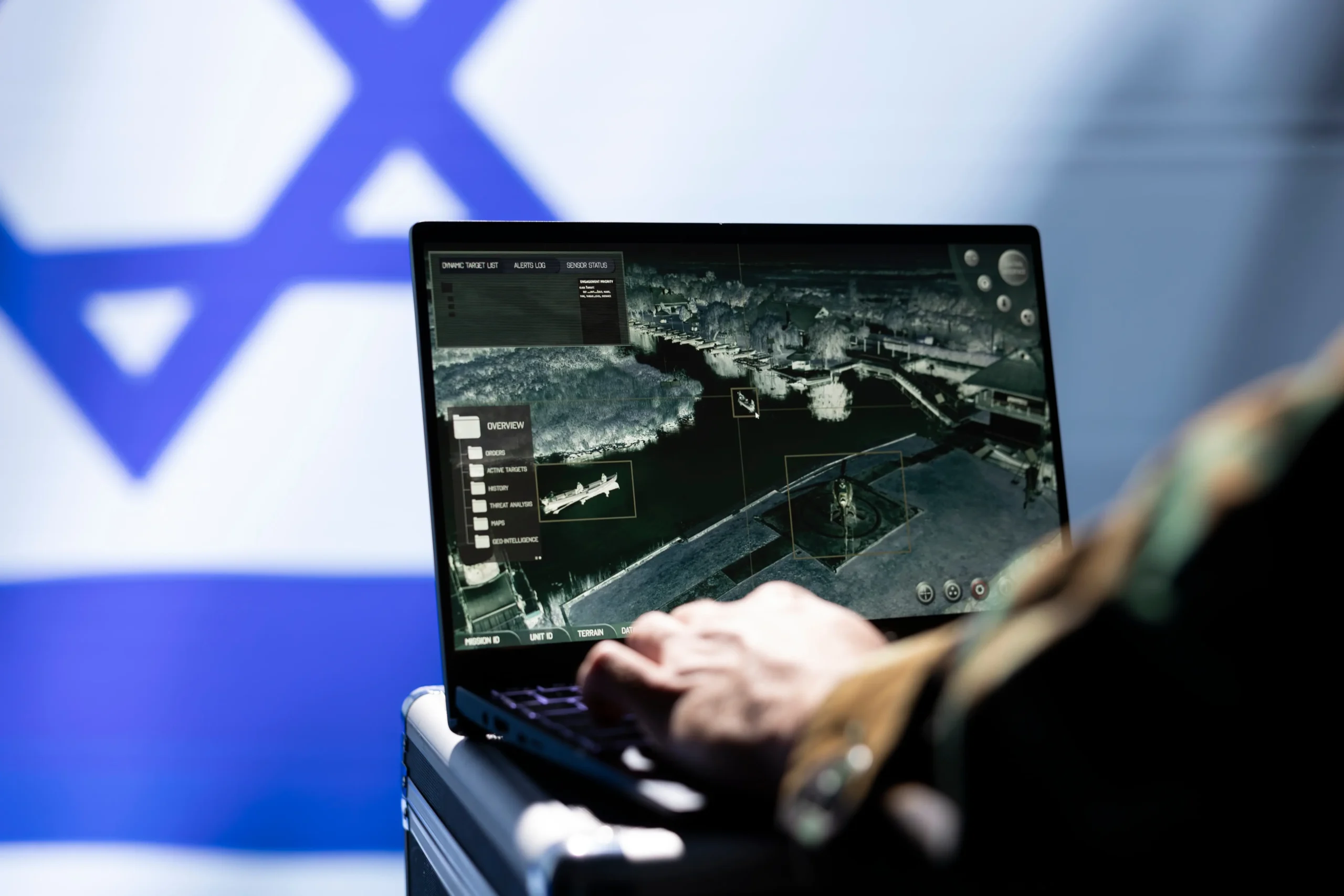
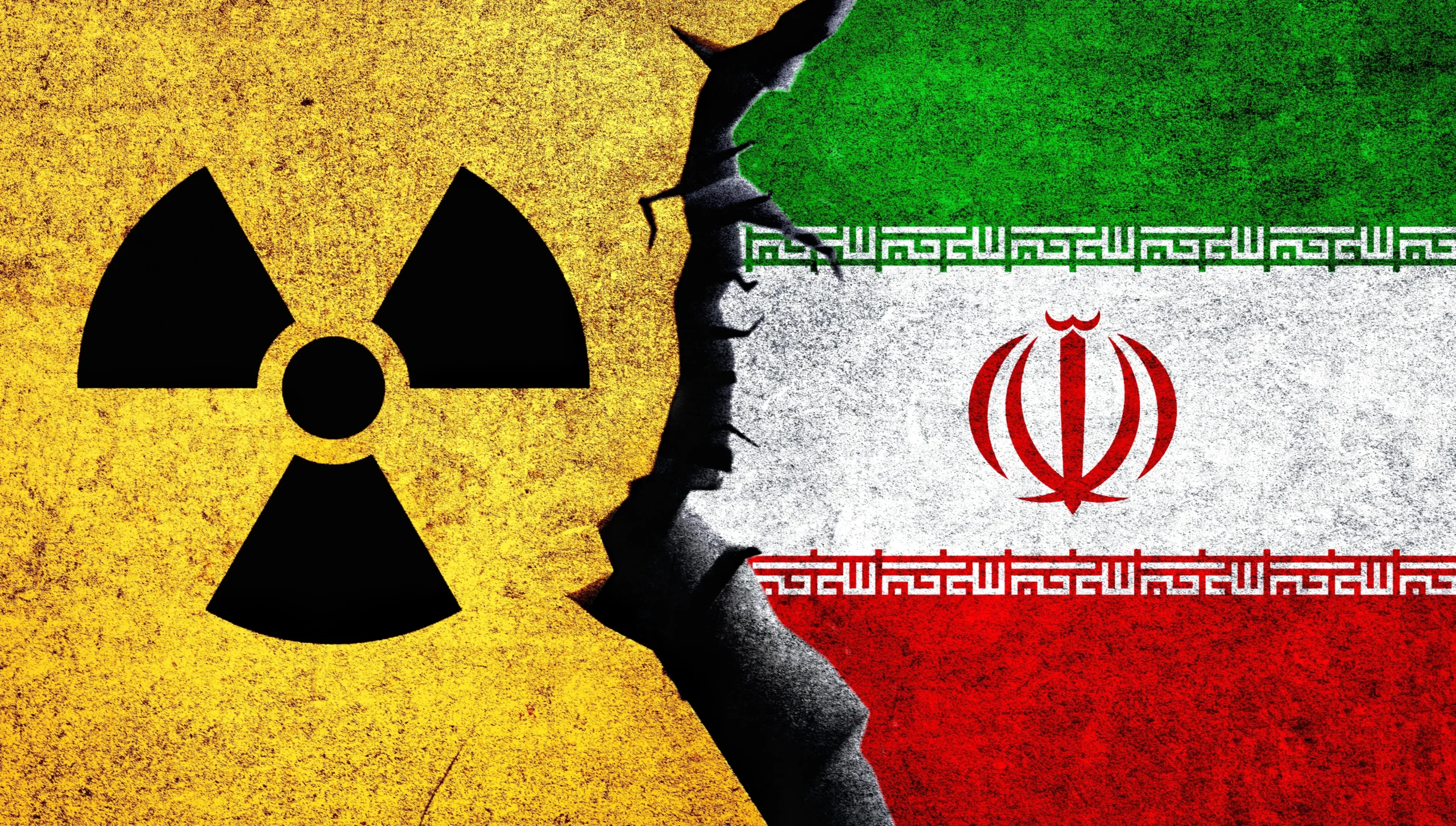
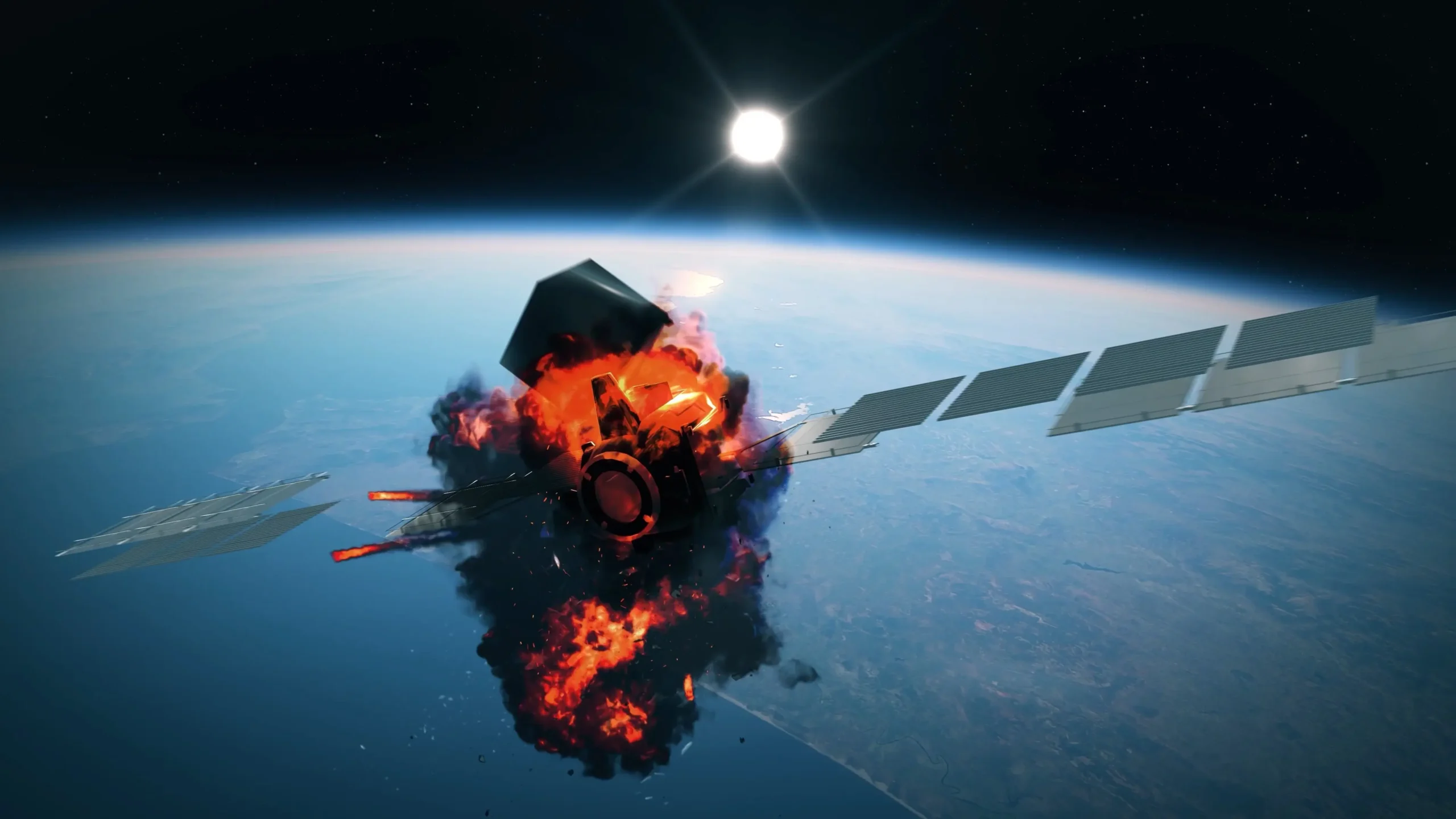
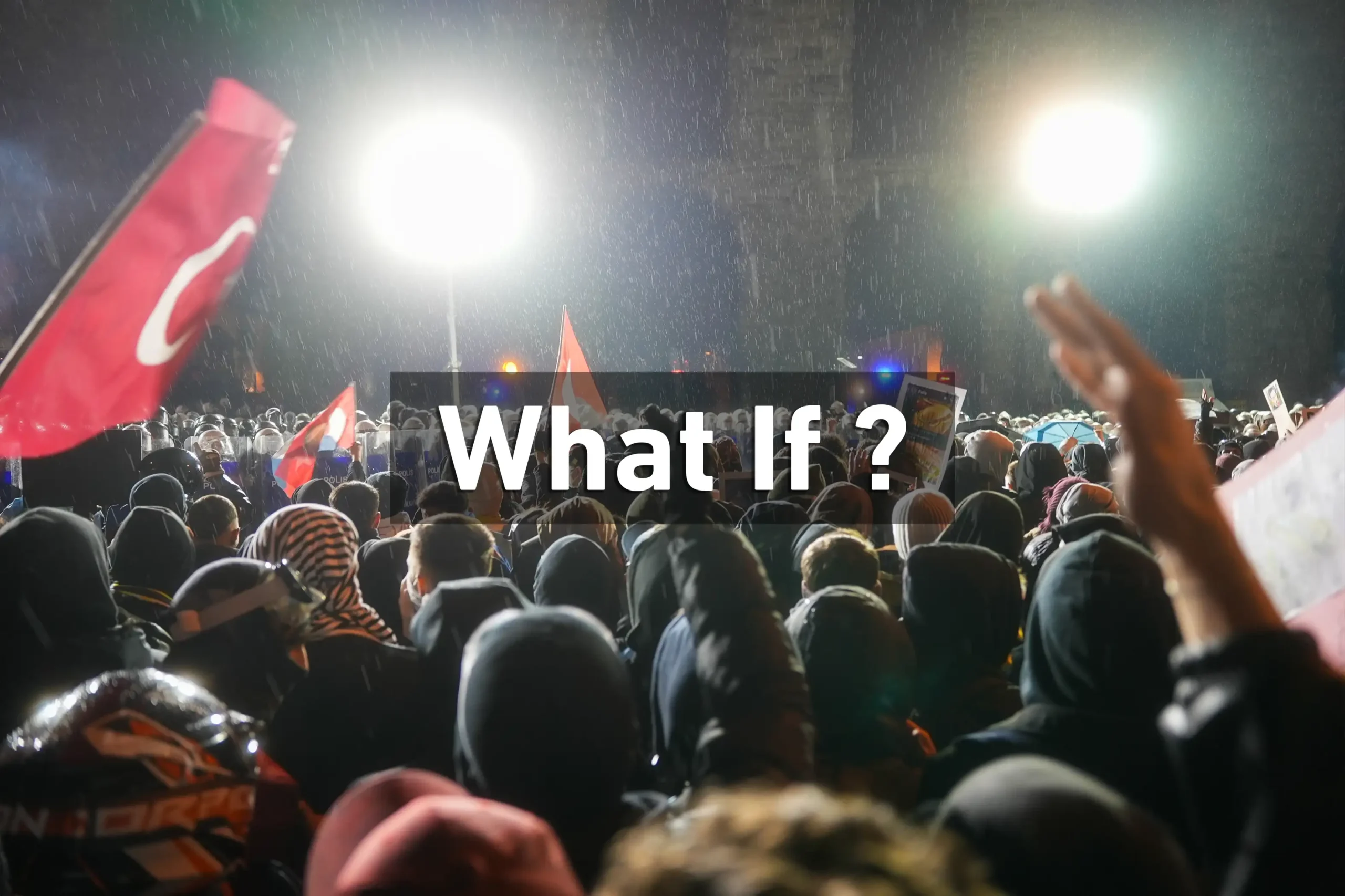


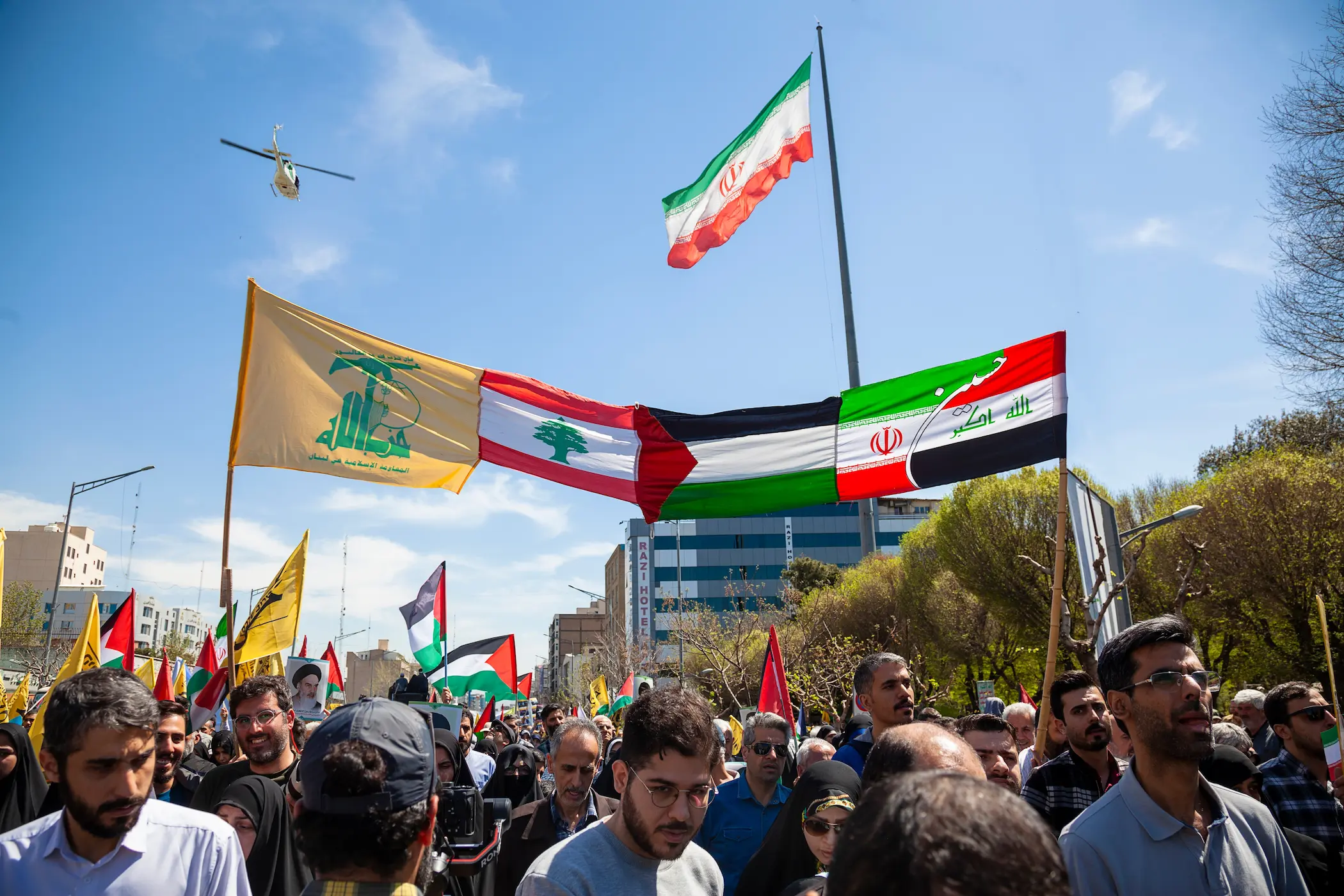
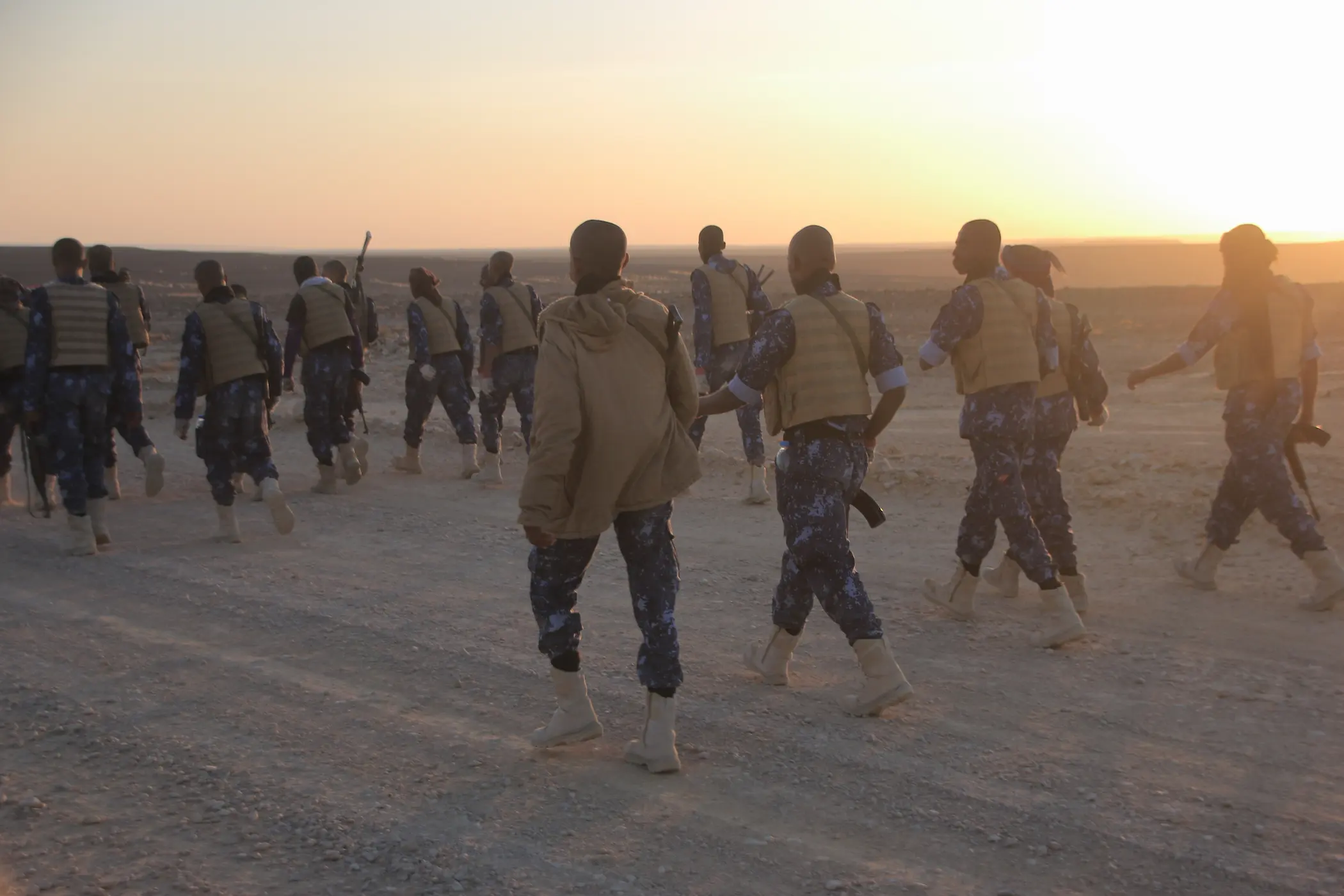
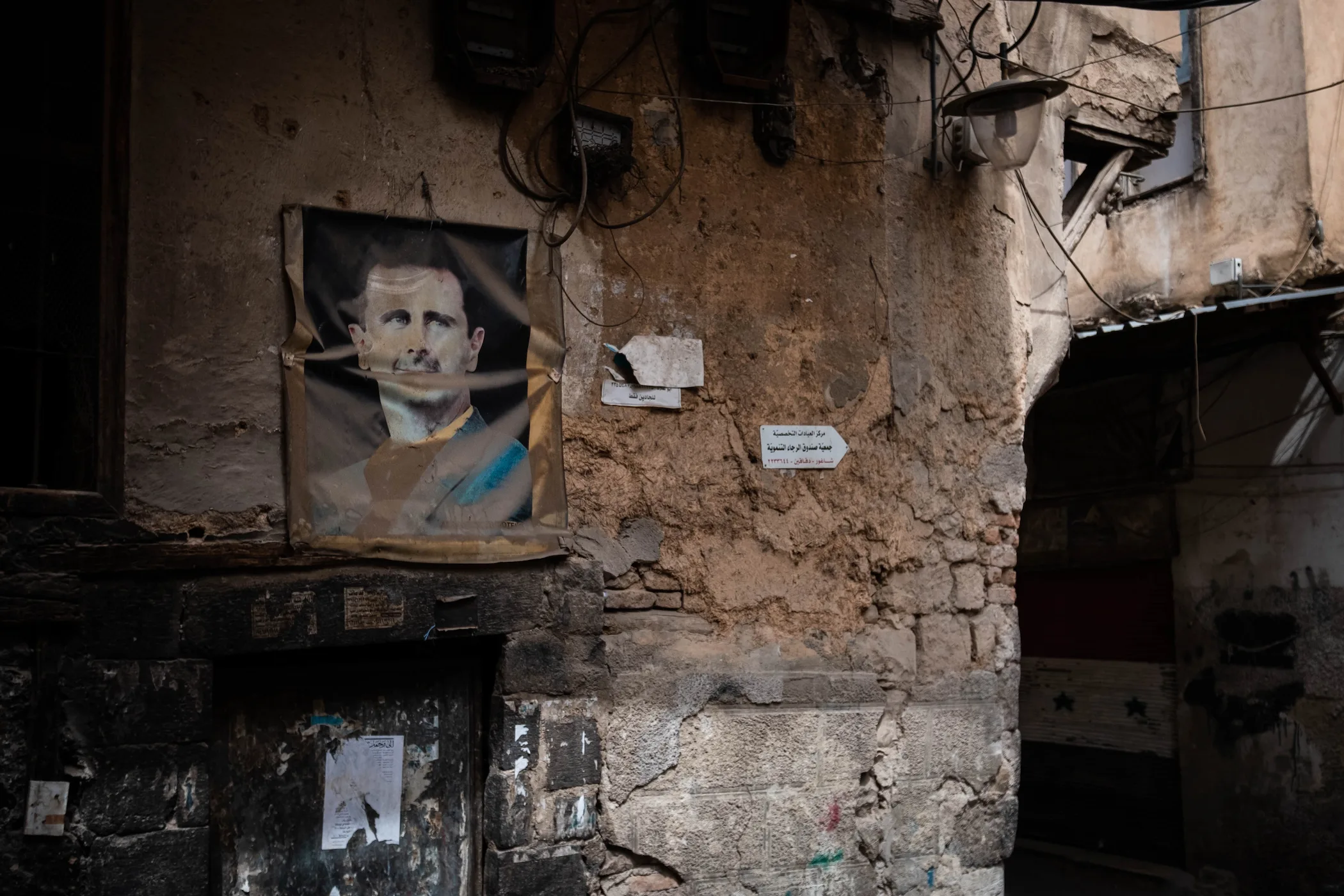


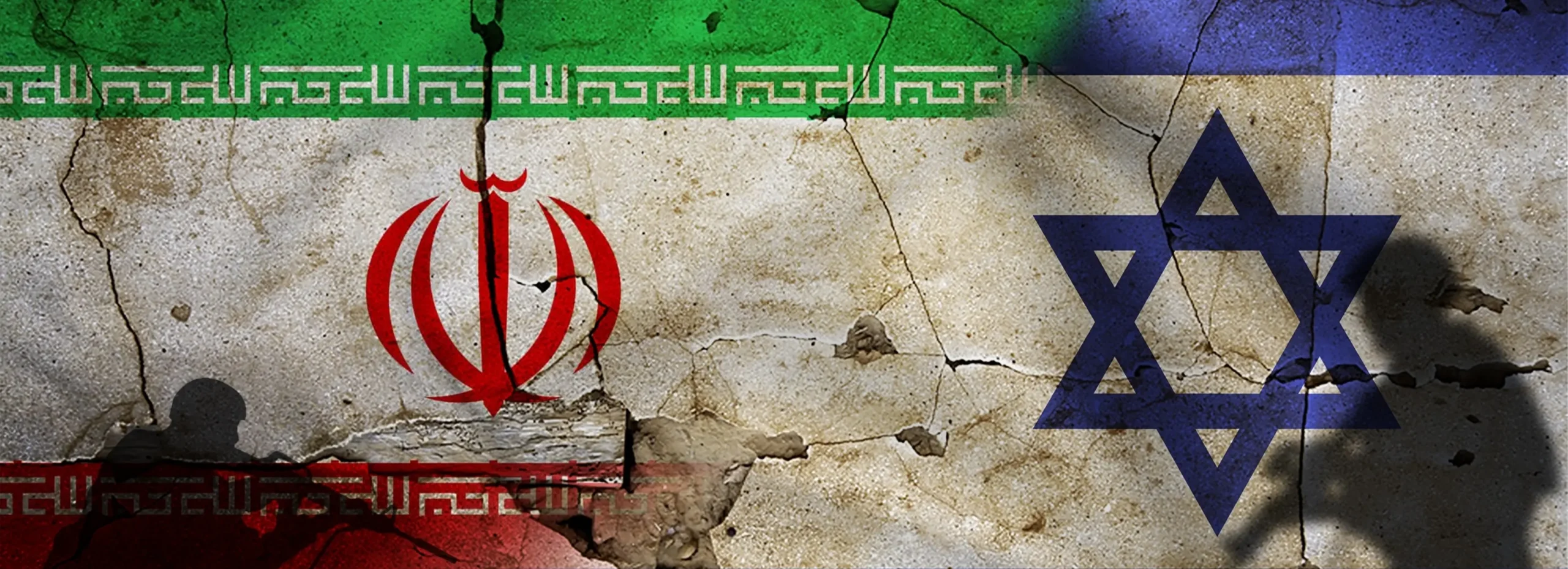

Comments